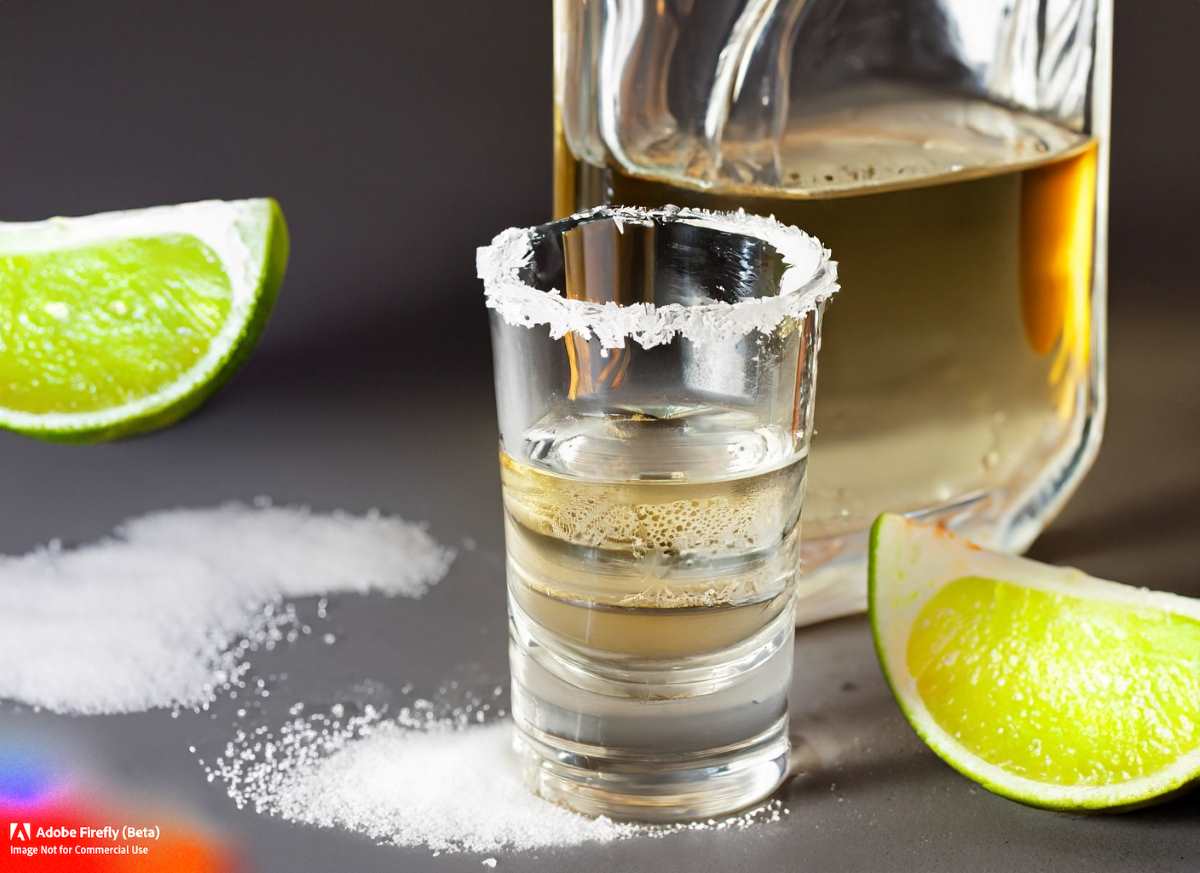Mexico's World-Class Spirits: A Guide to Tequila, Mezcal, and More
Discover Mexico's world-class spirits! From tequila to mezcal and more, learn about the history, production, and unique characteristics of these iconic drinks. Pair them with delicious Mexican cuisine for the ultimate taste experience.

Mexico is a land of vibrant culture, stunning scenery, and world-renowned cuisine. But it's also a destination for spirit lovers, thanks to its impressive selection of world-class spirits. From the beloved tequila to the lesser-known but equally delicious mezcal, Mexico's spirits have captured the attention of drinkers all over the globe. In this article, we'll explore the history, production, and unique characteristics of Mexico's most popular spirits.
The Roots of Mexico's Spirits
Mexico's love affair with spirits dates back centuries. The indigenous people of Mexico were already producing alcoholic beverages before the arrival of the Spanish, with pulque being the most famous. Pulque, made from the sap of the maguey plant, was consumed by the Aztecs and other indigenous groups for religious, medicinal, and social purposes. However, it wasn't until the Spanish brought distillation techniques to Mexico in the 16th century that the country's spirits industry truly took off.
Tequila: Mexico's Iconic Spirit
Tequila is undoubtedly the most well-known of Mexico's spirits, with a reputation that extends far beyond the country's borders. Tequila is made from the blue agave plant, which is native to Mexico and grows primarily in the Jalisco region. To make tequila, the heart of the agave plant, known as the piña, is harvested and cooked to release its sugars. The piña is then crushed and the resulting juice is fermented before being distilled.
Tequila is a protected designation of origin product, meaning it can only be produced in specific regions of Mexico, including Jalisco, Guanajuato, Michoacán, Nayarit, and Tamaulipas. Tequila is also classified into several different categories based on aging: blanco or silver tequila is aged for less than two months, reposado is aged for between two and 12 months, and añejo is aged for one to three years.
Mezcal: A Spirit with Many Faces
While tequila is undoubtedly Mexico's most famous spirit, mezcal is a close second. Mezcal is made from any variety of agave, rather than just the blue agave used for tequila. The production process for mezcal is also slightly different, with the agave piñas being roasted in underground pits before being crushed and fermented.
One of the unique characteristics of mezcal is the use of the worm or gusano in some bottles. While not a traditional practice, adding the worm to mezcal is a marketing gimmick that gained popularity in the mid-20th century. The worm is a caterpillar that feeds on the agave plant and is added to some bottles as a marketing ploy.
Another characteristic that sets mezcal apart is its smoky flavor, which is a result of the roasting process. Unlike tequila, which is typically smooth and sweet, mezcal can have a range of flavors, from smoky and earthy to fruity and floral.
Other Mexican Spirits
While tequila and mezcal are the most well-known of Mexico's spirits, they're certainly not the only ones. Here are a few other notable spirits to look out for:
- Raicilla: A spirit made from the lechuguilla plant, raicilla is similar to mezcal in flavor and production but is primarily produced in the state of Jalisco.
- Sotol: Sotol is made from the desert spoon plant and is primarily produced in the northern Mexican states of Chihuahua, Coahuila, and Durango. Like mezcal, sotol has a smoky flavor and is often compared to tequila.
- Bacanora: Bacanora is a traditional spirit that is similar to mezcal and is produced in the state of Sonora. It is made from the agave pacifica plant, which grows primarily in the Sonoran desert.
- Charanda: Charanda is a rum-like spirit that is made from sugar cane and is primarily produced in the state of Michoacán. It has a smooth and sweet flavor and is often used in cocktails.
- Xtabentún: Xtabentún is a liqueur that is made from honey, anise, and the nectar of the xtabentún flower. It is primarily produced in the state of Yucatán and is often used as a digestive after a meal.

Pairing Mexican Spirits with Food
In addition to being enjoyed on their own, Mexican spirits are often paired with food to enhance the flavors of both. Here are some popular food pairings for Mexico's spirits:
- Tequila: Tequila is often paired with spicy foods, such as salsa and guacamole, to balance out the heat. It also pairs well with seafood and grilled meats.
- Mezcal: Mezcal's smoky flavor pairs well with grilled meats, particularly beef and pork. It is also a good match for rich, spicy dishes.
- Raicilla: Raicilla's earthy flavor pairs well with grilled meats, particularly lamb and goat.
- Sotol: Sotol pairs well with spicy foods, particularly those with a smoky flavor. It is also a good match for grilled meats and hearty stews.
- Bacanora: Bacanora pairs well with seafood and light dishes, such as salads and ceviche.
- Charanda: Charanda is often used in cocktails and pairs well with sweet, fruity flavors.
- Xtabentún: Xtabentún is often served as a digestive after a meal and pairs well with desserts, particularly those with chocolate or caramel flavors.
Conclusion
Mexico's world-class spirits have captured the attention of drinkers all over the globe, and it's easy to see why. From the iconic tequila to the smoky mezcal and beyond, Mexico's spirits offer a range of flavors and unique characteristics that make them stand out. Whether enjoyed on their own or paired with food, Mexico's spirits are a must-try for any spirit lover.




